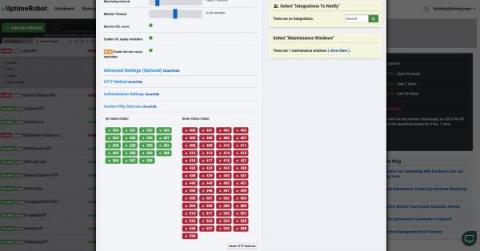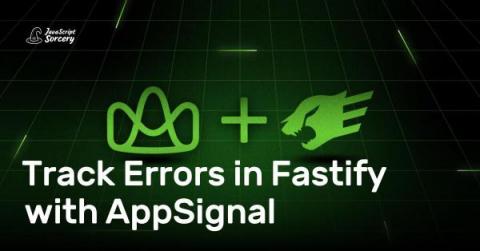HTTP Status Codes Uncovered: Your Ultimate Guide
Did you like our previous blog about domain hijacking? Let’s see if you know all the HTTP codes now. There is a complex series of dialogues happening behind the scenes every time you use the internet. Your browser and servers are always communicating — and while most people don’t understand the internet’s language, it’s definitely essential for developers and SEO experts to understand it.











